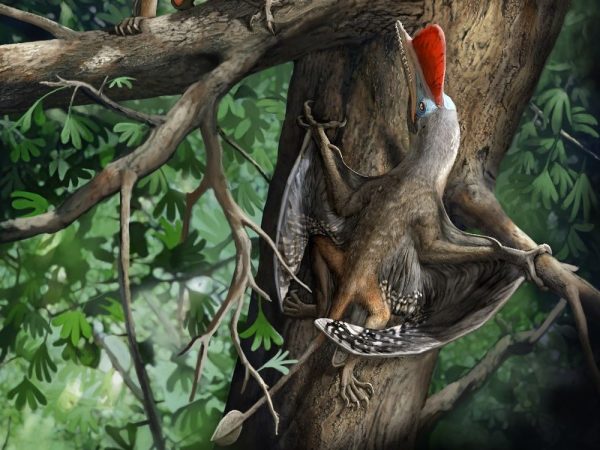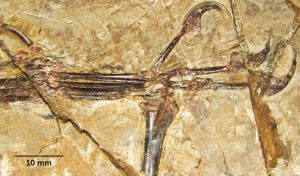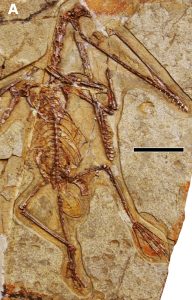A newly discovered Jurassic pterosaur may hold the title of the oldest creature known to have opposable thumbs, a feature usually associated with primates.
This ancient flying reptile has been affectionately dubbed “Monkeydactyl” by researchers due to its unique anatomical features. The groundbreaking findings published in Current Biology shed light on the remarkable adaptations of this prehistoric creature.

The presence of opposable thumbs in Monkeydactyl, scientifically known as Kunpengopterus antipollicatus, suggests that this pterosaur had the ability to grasp objects with precision, potentially aiding in its arboreal lifestyle.
By analyzing the skeletal structure of K. Antipollicatus and comparing it to other pterosaur species as well as tree-climbing animals, researchers concluded that this ancient avian reptile likely had the physical capabilities to navigate tree canopies efficiently.

Contrary to some of its contemporary pterosaurs in the same geographical region, Monkeydactyl’s opposable thumbs set it apart and may have allowed it to exploit a unique ecological niche. This differentiation likely minimized competition for resources among pterosaurs of that era, as mentioned by lead author Xuanyu Zhou from the China University of Geosciences.

However, not all experts are convinced that the presence of opposable thumbs definitively confirms an arboreal lifestyle for Monkeydactyl. Kevin Padian, a paleontologist at the University of California, Berkeley, points out that while opposable thumbs are generally associated with tree-dwelling animals, they are not exclusive indicators of arboreality.
Padian raises concerns regarding the preservation and positioning of the thumb in the fossilized remains of K. Antipollicatus, highlighting the need for further evidence to support claims about its lifestyle.

In essence, the debate continues among paleontologists regarding the significance of opposable thumbs in determining the behavior and habitat of ancient creatures like Monkeydactyl. The discovery of this Jurassic pterosaur with a unique anatomical feature opens up new avenues for understanding the evolutionary adaptations of prehistoric flying reptiles.
As more research is conducted and additional fossil evidence is uncovered, the enigmatic world of ancient creatures like Monkeydactyl continues to captivate and challenge our understanding of Earth’s distant past.





